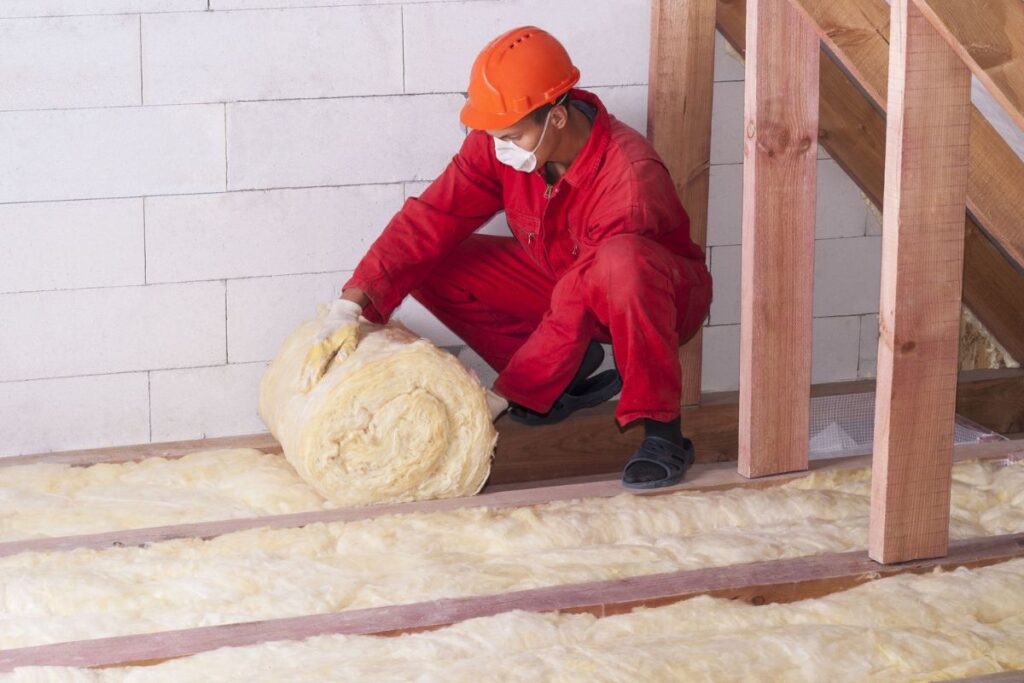New houses are supposed to be more energy efficient than old homes due to modern building techniques and the materials used in their construction. In the United Kingdom, the energy efficiency of a house is measured by the Energy Performance Certificates (EPC). In particular, the method of calculating the energy rating of a house is called SAP.

According to Alex Papaconstantinou, founder of epc4less, a SAP Calculations agency in the UK, home owners are advised to consider the energy efficiency of a proposed new home build as early as possible in the design process.
Therefore, if you are building your dream home here are a few design aspects that you need to address early enough in the building process so you ensure your dwelling is comfortable and energy efficient.
1. Invest in efficient insulation
Loft and wall insulation can reduce your energy bills and help in keeping your environmental footprint low. Building Control have minimum targets for wall, floor and roof insulation requirements. Meeting minimum acceptable standards for new dwellings equates to reducing heat losses. This not only means that owning a new dwelling could save money on energy bills, but also that new homes have a smaller CO2 impact on the planet.

2. Consider the use of renewable energy solutions
New, energy-efficient dwellings, can actively help reduce CO2 emissions by demanding less electricity from the grid. Solar photovoltaic panels offer one of the most cost-effective forms of renewable energy for a home. They can provide all the energy needs of a home including heating, lighting and power for kitchen appliances.
3. Choose the right orientation
This is about leveraging on natural sunlight. Using more sunlight can be achieved by having several south-facing windows, which naturally warm the interior of the house. Of course, you must not over-glaze the exterior walls in order to avoid over heating in the summer months. The new SAP calculations measure among other parameters the thermal properties of a new dwelling, as well as the probability of overheating, and may recommend the use of cooling systems, such as air conditioning.
4. Heat pumps are the UK government’s new favourite heating system
Replacing the traditional oil or gas burner with an air source heat pump can reduce your carbon footprint by up to 900 kilograms of CO2 per year. Heat pumps are around 3 to 4 times more efficient than oil and gas boilers. Eligible homeowners may be able to receive government grants for the purchase of low-carbon heating systems such as heat pumps because they are more environmentally friendly than natural gas boilers.
Building, or purchasing a new dwelling, not only does it require a substantial financial investment but also, due to the energy efficiency requirements, it can prove one of the most stressful tasks of your lifetime.
Understanding that a new dwelling can be environmentally friendly, sustainable, and self-sufficient can make the new homeowner more willing to invest in the latest energy efficiency technologies. Furthermore, understanding the legal requirements and having a grasp of terminology such as SAP assessments, makes the process less intimidating.
Researching government grants for new dwellings can significantly reduce financial investment whilst reducing the carbon footprint of your home. Building homes which are self-sustainable, energy efficient and environmentally friendly and which can be left as legacy for future generations has never been more achievable.
Images supplied. Feature image courtesy of pexels.com










